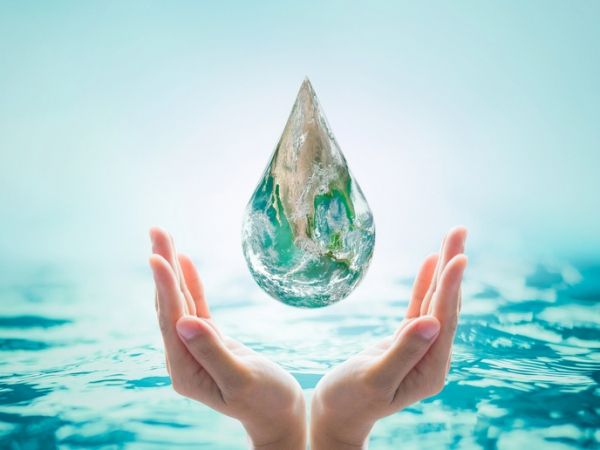The concept of a circular economy (CE) promotes reparability, durability and recyclability, unlike the traditional linear economy that is based on the take-make-consume-dispose pattern involving the using up of resources. As such, CE can help lower the use of resources, decrease waste production and limit energy consumption.
Similar to the use of raw materials, the water sector adopts a linear model with a “take-use-discharge” approach, as pointed out in a white paper. In such a system, water is “‘withdrawn’, from streams, rivers, lakes, reservoirs, oceans, and groundwater aquifers as well as harvested directly as rainwater.” It’s then used by agriculture, industry, society and the environment and “returned” to the water basin directly or through a treatment facility. However, during this process water is lost, polluted and wasted, so efforts to increase efficiency and optimise reuse have intensified in recent years. Enter the EU-funded NextGen project that focuses on demonstrating innovative CE solutions for water in 10 cases across Europe and beyond.
Supported by the project, a team of researchers has outlined the opportunities and challenges involved with CE solutions for the water sector in a study published in the journal ‘WIREs Water’. According to the authors, the key to successful transition to a CE requires “active involvement from all members of society and strong levels of collaboration,” as noted in the study. “Enabling diverse stakeholders to engage and share different perspectives, interests, and needs, and ultimately to co-produce knowledge, communities of practice (CoPs) are seen as a suitable approach to discuss CE water technologies in their institutional context.”
Continue reading at CORDIS
Image via CORDIS


